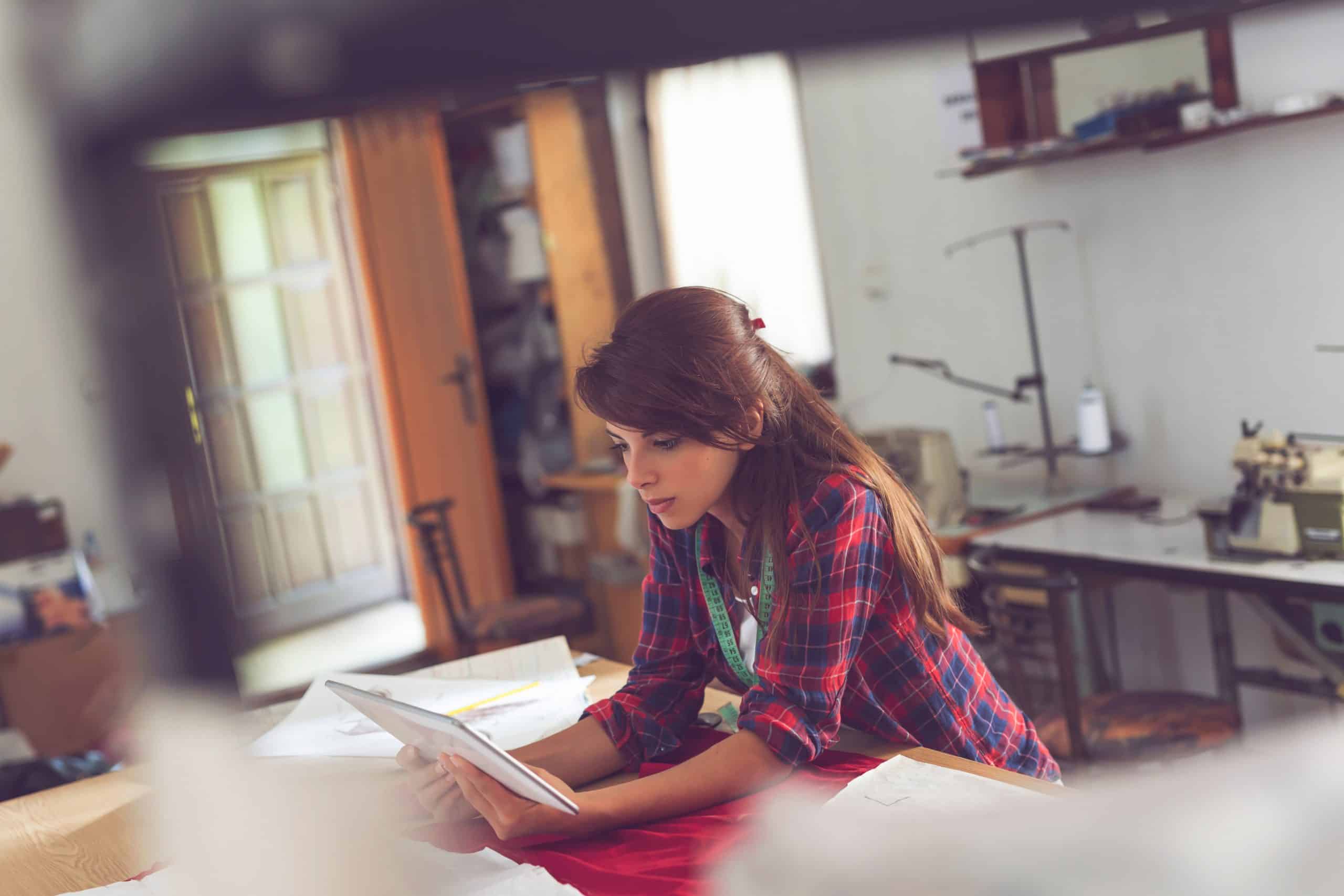In a world teeming with stressors and distractions, there’s an increasing emphasis on creating environments that foster physical health and mental wellbeing. We’re here to explore how this trend applies to the realm of real estate development. How can the design of buildings and spaces impact the mental wellness of residents? As you embark on a new project, what considerations should be made to ensure the overall health of the community?
Incorporating Wellness into Building Design
When we talk about wellness in real estate development, we’re talking about much more than just having a gym or a pool on the premises. Wellness is a holistic concept that encompasses both physical and mental health aspects. A well-designed building or space can have a profound impact on the wellbeing of its residents.
Cela peut vous intéresser : What Are the Best Practices for Sustainable Material Sourcing in Real Estate Development?
Consider the layout of the building. Spaces that allow for plenty of natural light and air to flow through can significantly enhance mood and productivity. Building materials should also be chosen with care. Opt for those that are non-toxic and environmentally friendly to ensure a healthy living environment.
Access to green spaces for relaxation and outdoor activities is another critical element. A recent study found that people living in areas with more green spaces have lower levels of stress and higher satisfaction with their living environment. Therefore, include gardens, parks, or even rooftop terraces in your design to promote mental wellness.
A voir aussi : What Are the Best Cities in the UK for Real Estate Investment in Sustainable Housing?
Building a Community Focused on Wellness
A real estate project is not just about constructing buildings, but also about building a community. A sense of community can have a significant positive effect on mental health. Feeling connected to others can reduce feelings of loneliness and increase feelings of happiness and wellbeing.
Amenities like communal kitchens, lounges, and recreational areas can encourage social interaction among residents. Regular community events or classes, such as yoga or meditation sessions, can also foster a sense of belonging and promote mental wellness.
More than just physical spaces, it’s important to consider the services and programs that could support the residents’ mental health. Offering resources like mental health workshops, therapy sessions, or mindfulness training could be beneficial.
Designing with Mental Health in Mind
The design of a building can significantly impact the mental health of its inhabitants. As a real estate developer, certain design aspects need to be considered.
Take into account the noise levels. Excessive noise can trigger stress and anxiety. Ensuring soundproofing and designing spaces that can provide tranquility can help in fostering mental wellness.
Similarly, color can also play a role in enhancing mental health. Certain colors, such as blues and greens, have a calming effect and can help reduce stress. Including these colors in your design can create an environment that supports mental wellness.
Implementing Wellness Amenities
Wellness amenities have become increasingly popular in real estate projects. These are facilities or services designed to enhance the physical and mental health of residents.
These amenities could range from fitness centers, spa facilities, meditation rooms, to wellness workshops and programs. However, it’s essential to ensure that these facilities are not just for show but are functional, accessible, and truly cater to the residents’ needs.
For instance, a fully equipped gym is a great amenity, but if it’s not conveniently located or doesn’t have flexible operating hours, it may not be used to its full potential. Similarly, a meditation room is a wonderful idea, but it needs to be in a quiet, peaceful part of the building to be effective.
Balancing Aesthetics, Functionality, and Wellness
In the design of real estate projects, aesthetics, functionality, and wellness should go hand in hand. A building can be beautiful, but if it doesn’t contribute to the wellbeing of its residents, it fails in one of its essential roles.
When planning your project, consider how you can incorporate wellness into every aspect of the design. Create a layout that encourages movement, offers plenty of natural light, and promotes a connection with nature. Choose materials that are not only visually appealing but also promote a healthy living environment. And most importantly, ensure that your project fosters a community focused on wellness.
By incorporating these elements into your project, you can create a space that not only looks good but also contributes to the mental and physical wellbeing of its residents. In doing so, you’re building a project that truly values the health of its community. Accurately combining design, aesthetics, functionality and wellbeing is a real challenge but a necessary one in this era where mental health is a growing concern.
Remember that our environment shapes our mood and behavior to a large extent. As real estate professionals, you have the power to create spaces that enhance residents’ wellbeing and improve their quality of life. So, as you embark on your next project, keep these considerations in mind and make mental wellness a priority in your design.
Smart Urban Design for Wellness Communities
Embracing wellness in real estate development involves more than the construction of individual buildings. It necessitates a broader perspective, focusing on the design of the entire community. Urban design plays a pivotal role in establishing wellness communities where mental health is prioritized.
A well-designed neighborhood can promote physical activity, reduce stress, and foster a strong sense of community. Accessibility to amenities such as parks, fitness centers, and grocery stores can encourage regular physical activity. Pedestrian-friendly streets and ample bike lanes can make walking or cycling a convenient choice for daily transportation, promoting a wellness lifestyle.
Healthy buildings should also prioritize indoor air quality. Incorporating proper ventilation systems, using low-emitting materials, and integrating air-purifying plants are some strategies that can help improve the quality of indoor air, reducing respiratory problems and improving overall health wellbeing.
Urban design also plays a key role in mental health. Incorporating elements of biophilic design, such as green spaces, water features, and access to natural light, can help to reduce stress and promote relaxation. Carefully planned public spaces can foster social interaction, creating a sense of community and belonging, which is crucial for mental wellbeing.
Integrating Wellness into the Built Environment
The built environment has a significant impact on our health and wellbeing. When planning a real estate project, it’s essential to incorporate wellness into every detail, from the layout of the building to the choice of materials.
Natural light is associated with a range of health benefits, including improved mood, sleep, and productivity. Therefore, making the most of natural light should be a key consideration in your design. Using large windows, skylights, and reflective surfaces can help to maximize the amount of daylight that enters the building.
Another aspect to consider when designing apartments with a focus on wellness is the use of biophilic design principles. This design approach connects people with nature, which has been shown to improve mental health. Incorporating features like indoor plants, natural materials, and views of green spaces can make a significant difference in the wellbeing of residents.
When it comes to materials, opt for those that are non-toxic and contribute to a healthy indoor environment. Using low-VOC paints and finishes, natural flooring options, and furniture free from harmful chemicals can help to ensure a healthy living space.
Conclusion: A New Era of Wellness Real Estate Development
In conclusion, as a real estate developer, prioritizing mental wellness in your projects is not just a trend – it’s a necessity. There is a growing demand for environments that support and enhance the health and wellbeing of residents. By focusing on wellness in your project, you’re not only responding to market demands but also contributing positively to society.
Remember, the design of our built environment significantly influences our mental and physical health. Thus, producing high-quality, wellness-focused real estate projects can make a substantial difference to people’s lives.
Incorporating wellness into real estate development is a complex task that requires careful planning and thoughtful design. However, the benefits – healthier, happier residents and a stronger sense of community – make it well worth the effort. By creating spaces that are not just aesthetically pleasing but also contribute to the wellbeing of inhabitants, you’re shaping the future of real estate development.
So, as you move forward with your next project, keep the focus on wellness. Adopt a holistic approach, considering all aspects – from the urban design to the built environment – and make health and wellness integral to your project. This way, you’re not just building a structure, but shaping a lifestyle.











